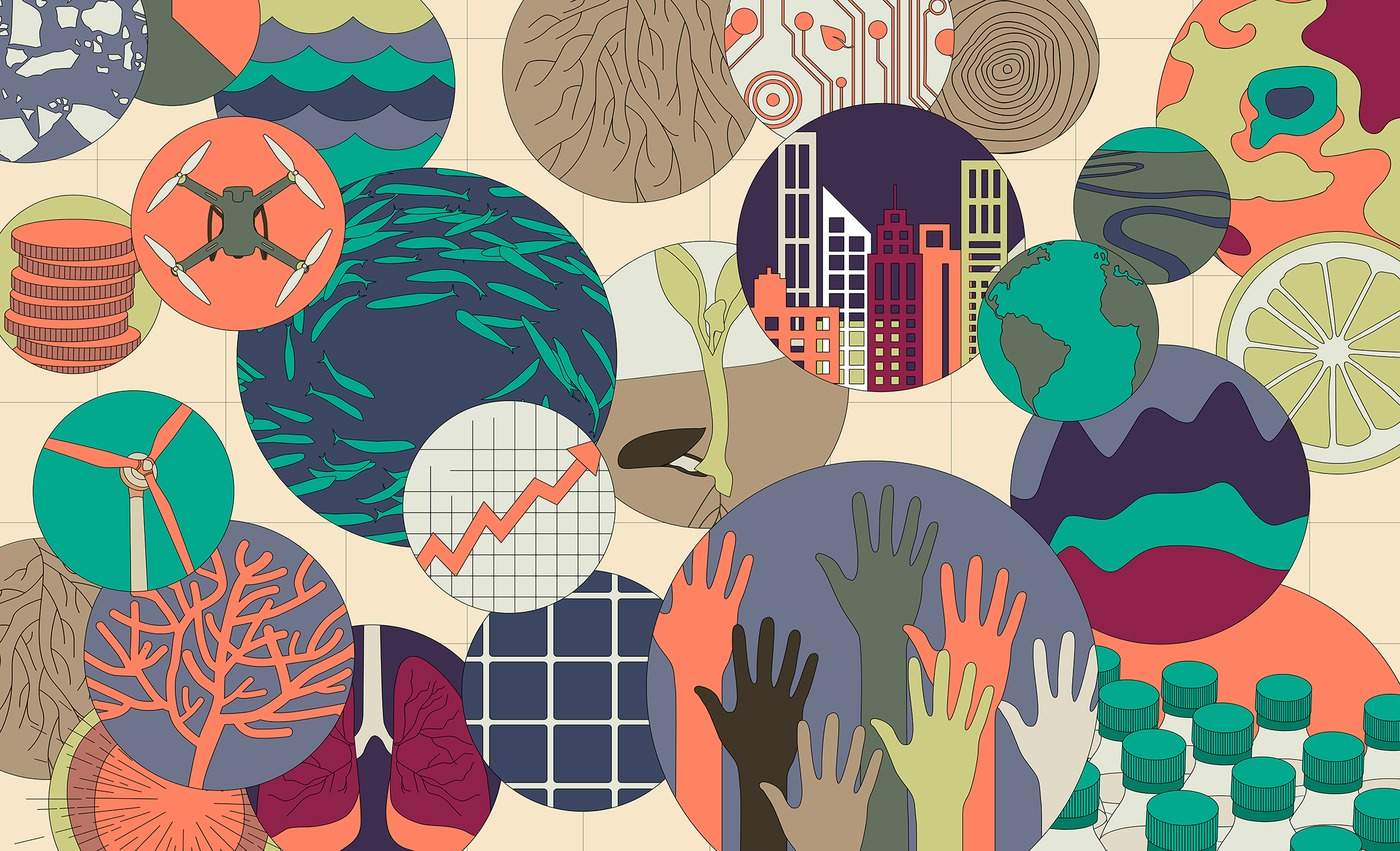If you’ve been following this year’s outlook stories, it’s impossible to ignore the fact that they don’t paint a pretty picture, particularly for our environment. Climate-related disasters are getting worse; the ocean is losing fish and gaining plastic; urban pollution is at a choking point; drinking water is drying up; the world’s big cats are nearing extinction and some think coral reefs may not be far behind—troubling given this is also the International Year of the Reef.
And yet, as we look deeper into some of these challenges, we are beginning to see more people responding and new pathways emerging that could lead us toward solutions. New environmental leaders are stepping up across different sectors and geographies; new sources of financing are starting to close the gap in conservation funding; collective governance is emerging to better manage precious resources. Without minimizing the task ahead, we want to point to some trends that are unlocking investment for nature and offering hope for a sustainable future. Download our one-pager here.
1. High Time for the High Seas
Could the biggest thing to happen for the environment in decades be in the middle of the ocean?
Waters outside national boundaries are currently unregulated, and devastated by pollution and illegal and unregulated fishing, which costs global economies up to $23.5 billion annually (€19 billion). But 140 countries backed an unprecedented UN resolution at the end of last year for protection of the high seas—the two-thirds of the world’s oceans that cover half the planet and don’t belong to any one country. This resolution has been a decade in the making and now countries begin the crucial period of working out the text of a formal agreement over the course of four meetings beginning this September. The effort will culminate, if all goes well, with signatures by 2020. That makes 2018 the year when the hard negotiating begins—but if we want our ocean to continue to provide food, absorb carbon, and regulate our climate, protecting the biodiversity of the high seas is not a nice-to-have—it’s a must-have.
2. A New Prescription for Public Health
A tree a day keeps the doctor away?
A shift in public health practices is underway as policymakers and healthcare providers alike focus on the connections between nature and human health. Cities such as Johannesburg, South Africa and Seoul, South Korea have set big goals for tree planting and green space preservation to combat air pollution, which is associated with millions of premature deaths annually. In the United States, insurers and healthcare providers like Humana and Kaiser Permanente are investing in urban green space as a form of preventative care. And in Louisville, Kentucky, the first controlled clinical trial on the efficacy of urban trees as a health intervention is now underway. Meanwhile, emerging research on the significance of watersheds for rural health could drive further cooperation between global health, development and conservation professionals.
READ MORE AT Nature.org

